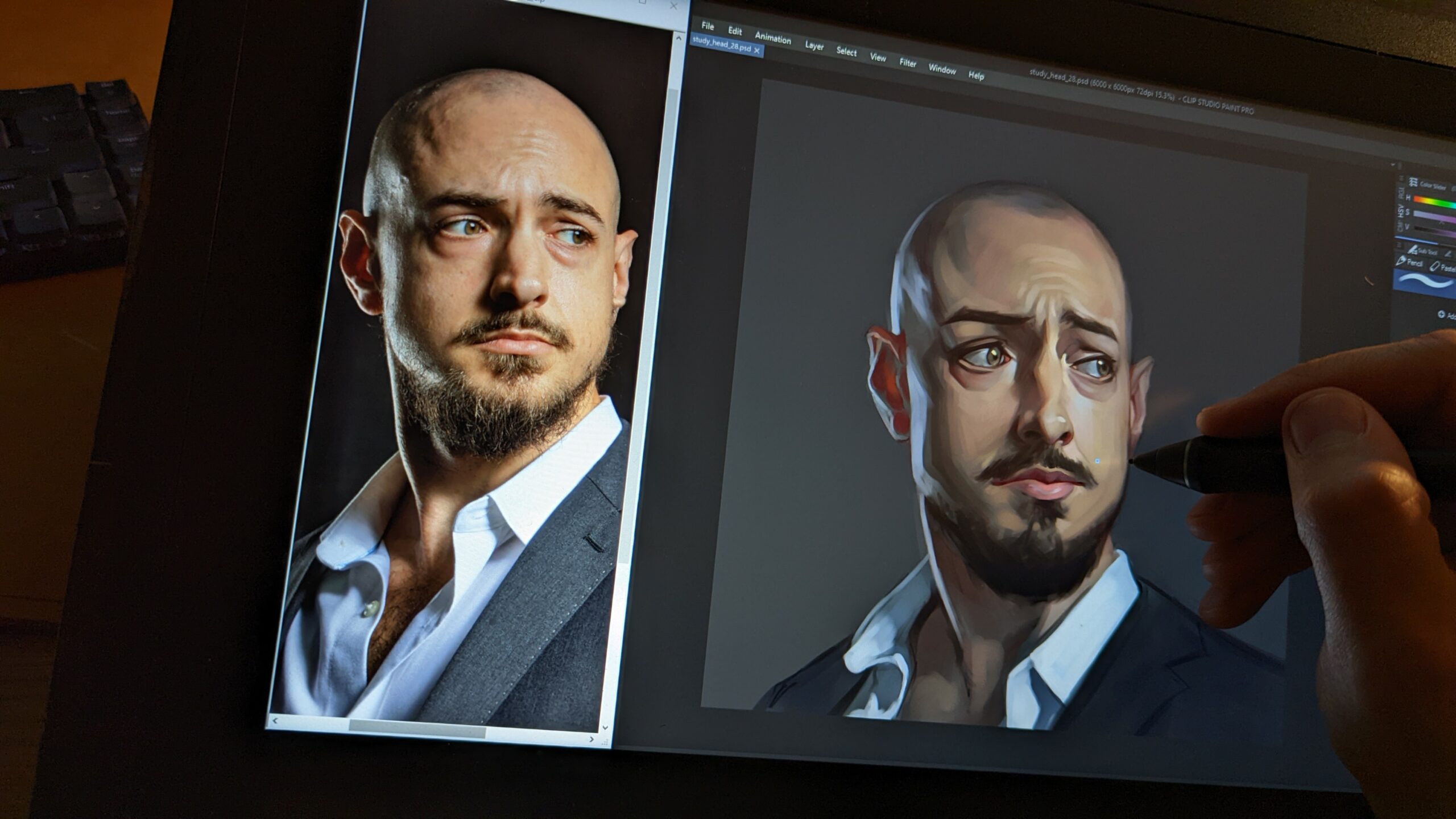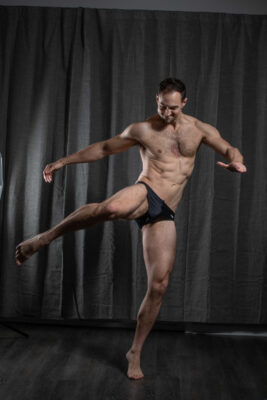Worried that using reference reference is your art is cheating? Do you feel like your art is worse because you used reference to make it? Are you worried that you should be able to just draw everything from imagination without any reference?
If you’re wondering if you should use reference to make art: artists who use reference are cheating.
They’re not making everything up out of their heads. They have the answers given to them. They don’t have to guess at things. They get to use reference to figure out anatomy. And color. And lighting. And even backgrounds! They don’t have to remember how to draw everything because they can just find a picture of it.
That sounds an awful lot like using reference is cheating to me.
Which is why I think you should cheat at art.
Should you use reference when you draw?
Yes.
Yes, yes, yes.
Yessssss.
YES!
Using reference is most certainly not wrong!
I’m not sure where this idea came from but a lot of artists struggle to use reference because they think that using reference is inherently cheating and wrong. They think it will sully their reputation or demean their art. They seem to think that if they were a real artist that they would never need to use reference. The muses should just show up and guide their hand and masterpieces would emerge unblemished by one glance at a reference photo.
But that’s just not how it works.
Real artists use reference.
They use reference when they’re learning so that they can learn well and grow their visual library. They use reference when they’re creating imaginative work so that it’s more informed and better executed. They use reference to help draw subjects they’re unfamiliar with or to resist using tired shorthand for the subjects they’re too comfortable with.
Artists use reference to make better art.
Using reference is not copying or stealing.
Sure, there could be problems with using reference if, instead of using it, you just copied a photograph you don’t have the rights to use. That can cause some legal problems.
But using reference is not just copying a photo—that really would be cheating (and the bad kind).
Using reference is either using that image that you don’t have the rights to indirectly to inform the work you’re creating. Or you use an image (like the ones we offer here at Reference.Pictures) that you do have the rights to use in whatever way you want. Perhaps you even shoot your own reference for a piece. All the better! Use any tools you can to make the work you want to make.
If you want some more ideas on how to use reference that aren’t just outright stealing, check out our other article, 10 Ways to Use Reference to Make Better Art.
Artists have been using reference for centuries.
Artists have used whatever tools they have available to them to make the best art they can.
In the early days, that involved getting a model into the studio to make sketches from. Those preparatory sketches were used to inform the final piece. They had to make their own reference the old fashioned way. Artists would travel to other continents to paint landscapes plein air so that they could bring those back to reference when they created their studio paintings.
It’s still a great practice to create your own reference and some artists still go to these lengths to make their work. If you’ve got the time, means, and desire, try it out! If you don’t, however, then finding reference online is probably your best bet.
When photography came along, artists began using it to aid their process as soon as it was feasible to do so. Even before cameras were invented, some artists were using the help of camera obscuras to get their drawing and perspective correct.
Photography brought all sorts of good to the world of drawing and painting. Not having to contend with always working from a live model, they were free to explore more poses and work for longer periods of time (and capturing effects of shifting light). They could also try more different possibilities by simply shooting more photos. When the time came to finish the piece, their initial idea for the pose may have been wrong, but now they had the material to make it better.
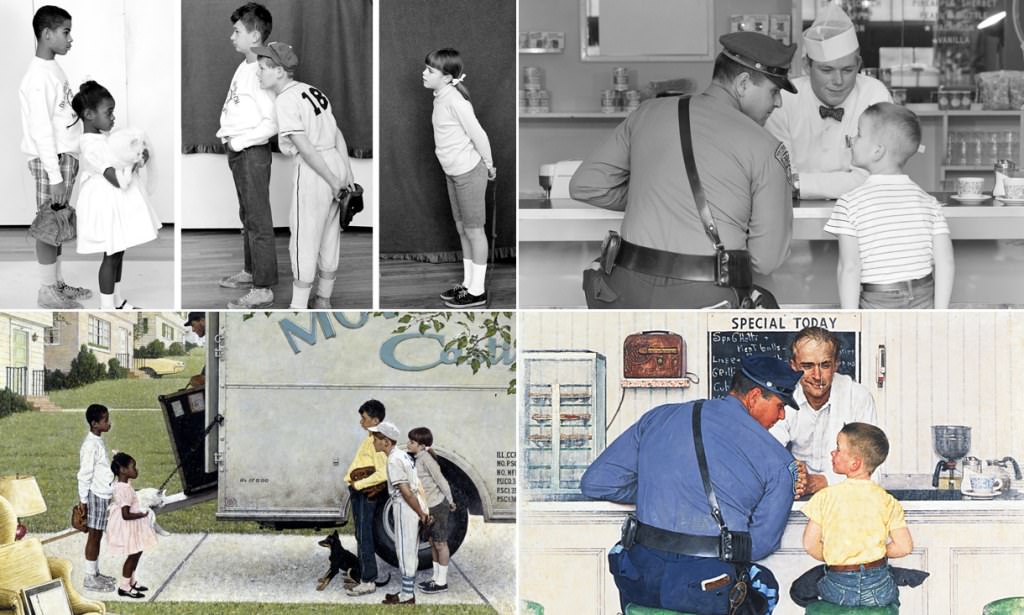
If you never use reference, you’ll never learn how to draw or paint.
We learn how to draw something by looking at it and drawing it. If I asked you to draw something you’ve never drawn before (for instance, a hippo) you might be able to do a decent job at it. Maybe. You might have some basic mental model of what that thing looks like.
But if you had the chance to study that subject with reference a number of times, imagine how much easier it would be to draw it then.
Reference allows you to fill your visual library with accurate information. You can’t learn how to draw something if you never really look at it! There are a whole lot of things you might want to draw (e.g., hippos) that aren’t wandering around your back yard. For this, the internet and the abundance of photo reference is your friend.
A fun art challenge you can do with friends is to set a specific subject to draw for an hour. Find a number of good reference photos and do quick 5-10 minute drawings of whatever it might be. This is an amazing way to expand your horizons and try new subjects and grow that visual library.
Photo reference lets you work on poses and landscapes you might never have the chance to study.
When I started learning to draw and paint, there was a common prejudice that you needed to draw from life and only draw from life. Working from photos would make your work stiff, lifeless, and fake looking.
That was wrong, stupid, and frankly harmful to a lot of aspiring artists.
Not everyone has immediate or easy access to diverse models, landscapes, etc. Your passion might be figure drawing, but there are no life drawing classes near you. You might adore painting mountains, rivers, and valleys but be stuck in an urban jungle.
As much fun as it is if you’re able, you don’t need to hike the mountains of Peru or the Yosemite valley to sketch epic landscapes. Nor do you need to find, wait for, travel to, and pay to attend life drawing to have access to models to pose for you. You can sit in the comfort of your home and draw anything in the world. Anything! It’s an amazing time to be an artist.
The increase in accessibility and availability far overshadows the downsides of using reference. Sure, the colors and values available in photos cannot compare with the capabilities of the human eye. Nor can a photo give you the same three dimensional experience of seeing a live model right in front of you.
But you can get pretty far using photos and I think it’s a mistake to outright refuse to use them.
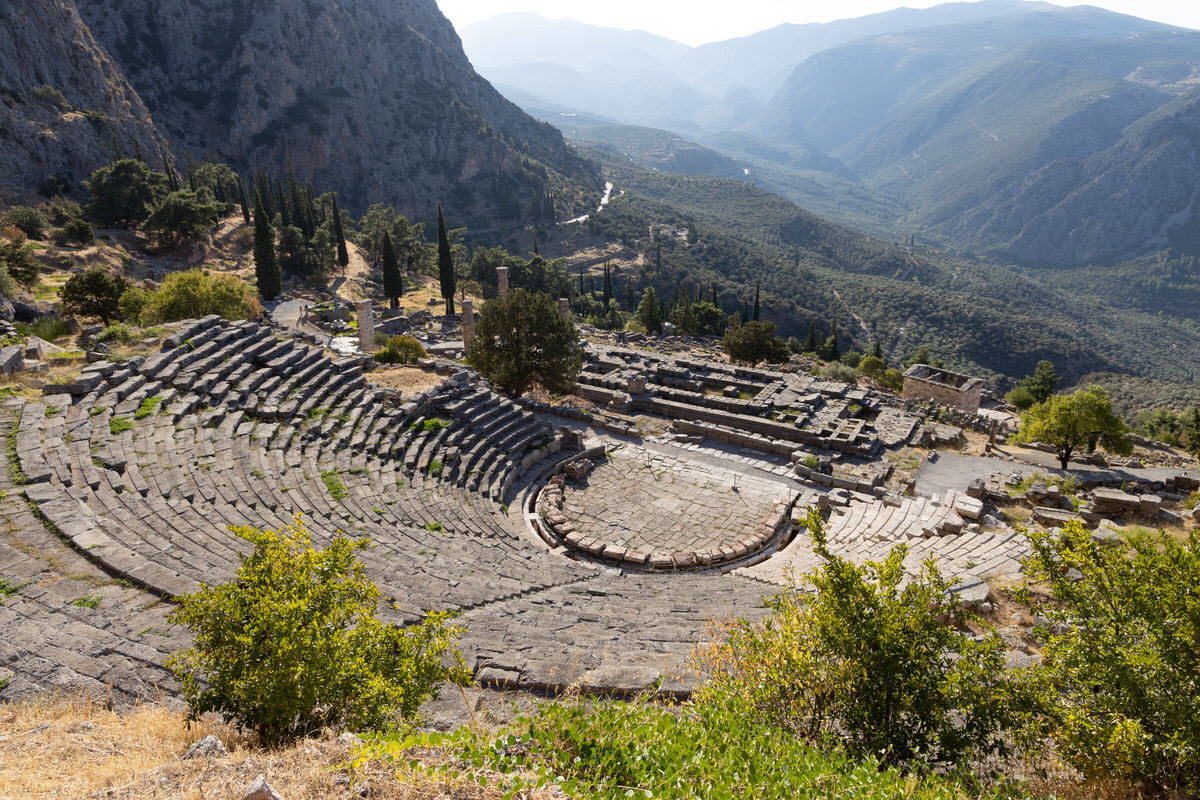
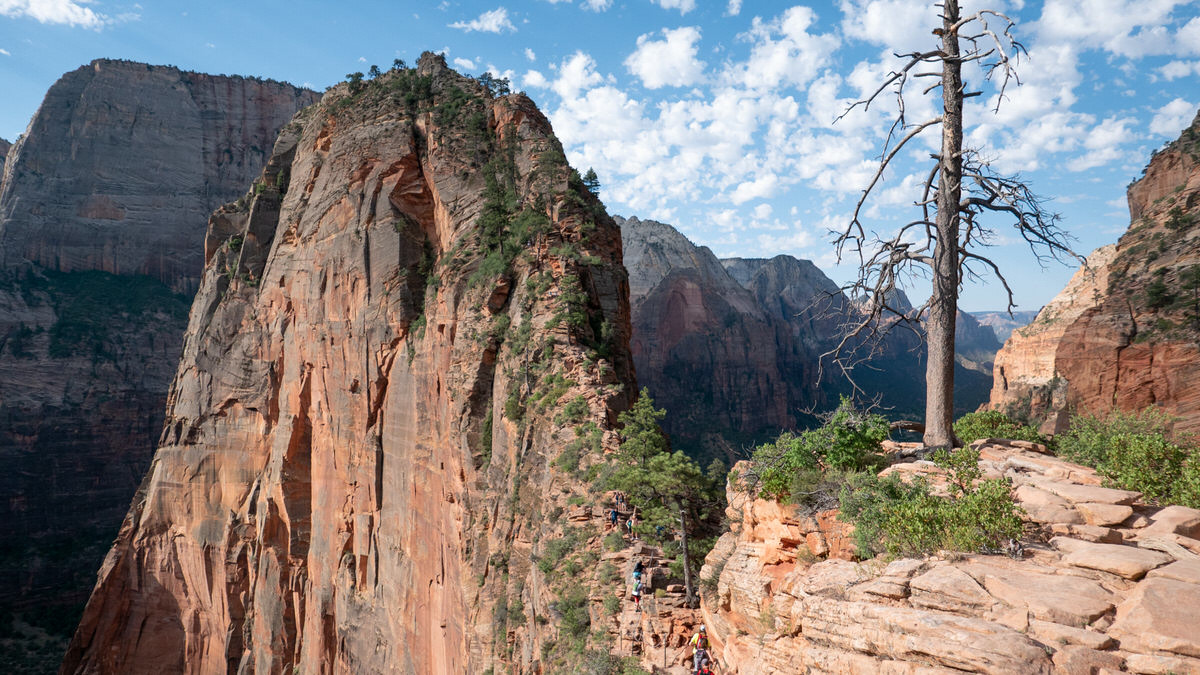
You will not make your art any less “pure” by using reference.
In the same way that the fine art world has fetishized the “untrained, raw imagination” of an artist to its great detriment, there’s a weird notion that using reference will make your art more stiff, derivative, and less creative.
That is, to put it gently, a load of codswallop.
Using reference will not make your art worse. Unless using reference causes you to turn your brain off and make poor choices.
This can happen. Sometimes when you have the obvious answers in front of you it can be hard to diverge from the reference for the sake of the art. It’s scary, uncharted waters. But the ability to exaggerate, interpret, filter, change, and enhance what you see is the artist’s job. Just because you have reference does not make you beholden to it. You’re the artist, after all. Take charge!
